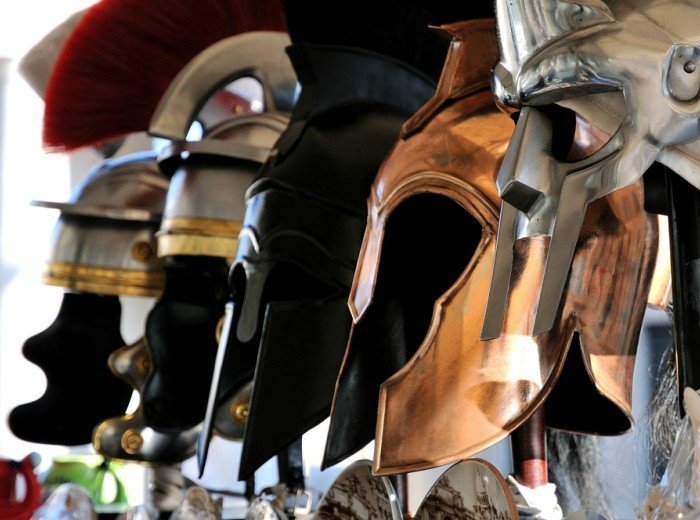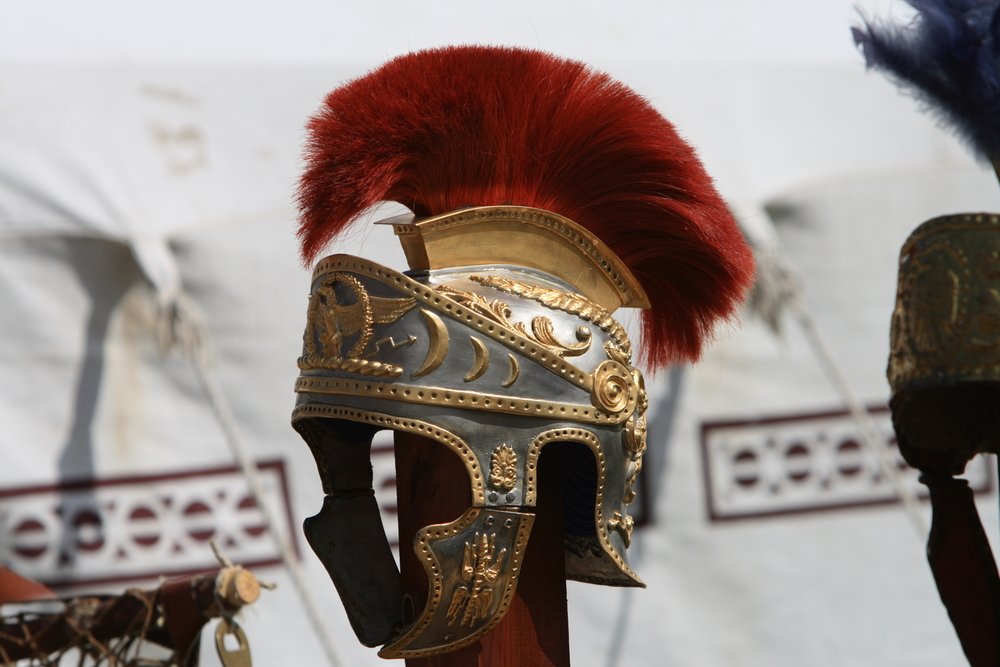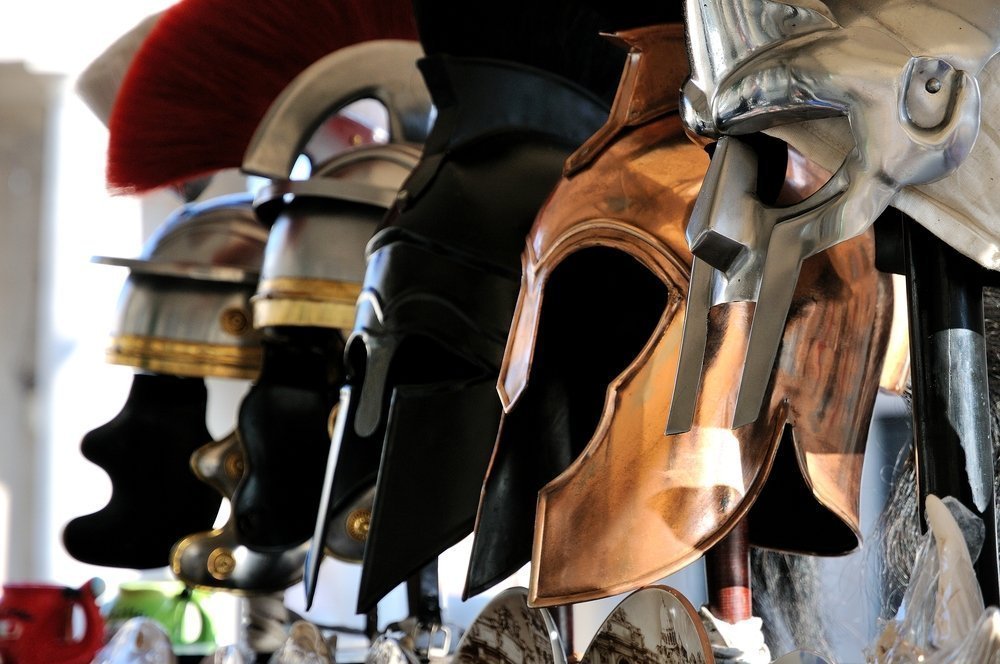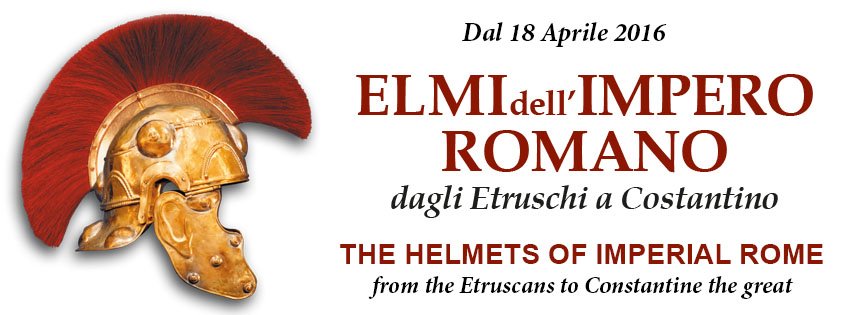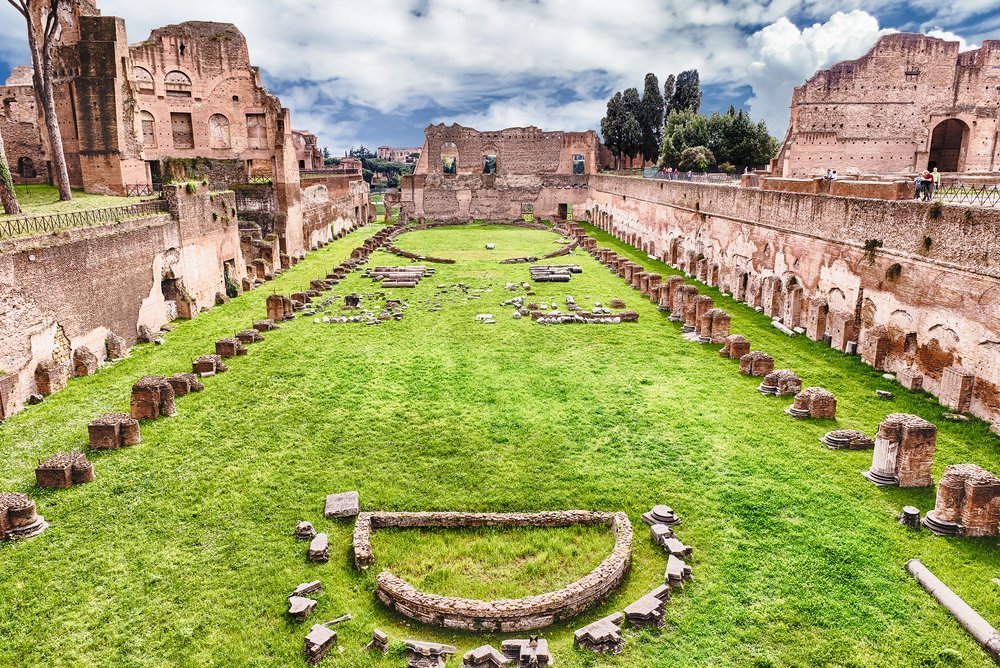Stadium of Domitian in Rome presents an exhibition that began on April 18 entitled The Helmets of Imperial Rome which exhibits many helmets used by Roman soldiers, from Etruscan times until the time of Constantine.
Roman helmet
The Roman helmet was the headgear used by the Roman army during its endless and bloody fighting. This element suffered, over the centuries, numerous transformations. Dimensions, shapes and materials assembled to make this weapon effective protection for the soldiers.
Types of helmets
The Villanovan helmet was the first helmet of Etruscan bronze completely with the top pointed, increasingly replaced by the helmet of bronze Corinthian-Etruscan, but that covered the entire face of the soldiers and the first used by the Roman army. The Corinthian helmet also covered her face and the soldier’s neck with two slots on the eyes and mouth, preventing to hear, but the high cost made it an element selected from the noble warrior.
The exhibition
The exhibition of Roman helmets collects a very large collection of historical pieces from around the world to represent the evolution of this characteristic feature of the seventh century B.C. until the fourth century A.D. You can see up close the materials used, their characteristics tied to special fighting techniques. One way to know the details of about 100 years of history.
Domitian Stadium
The part of the archaeological linked to the ancient ruins of Domitian’s stadium, the museum is located next to Piazza Navona. This ancient sport structure was built by the emperor Domitian involving the Roman people in social life and to bring it closer especially in sports activities and, in particular athletics. the stadium was 275 long and 106 wide, it was built to hold about 30,000 spectators.

